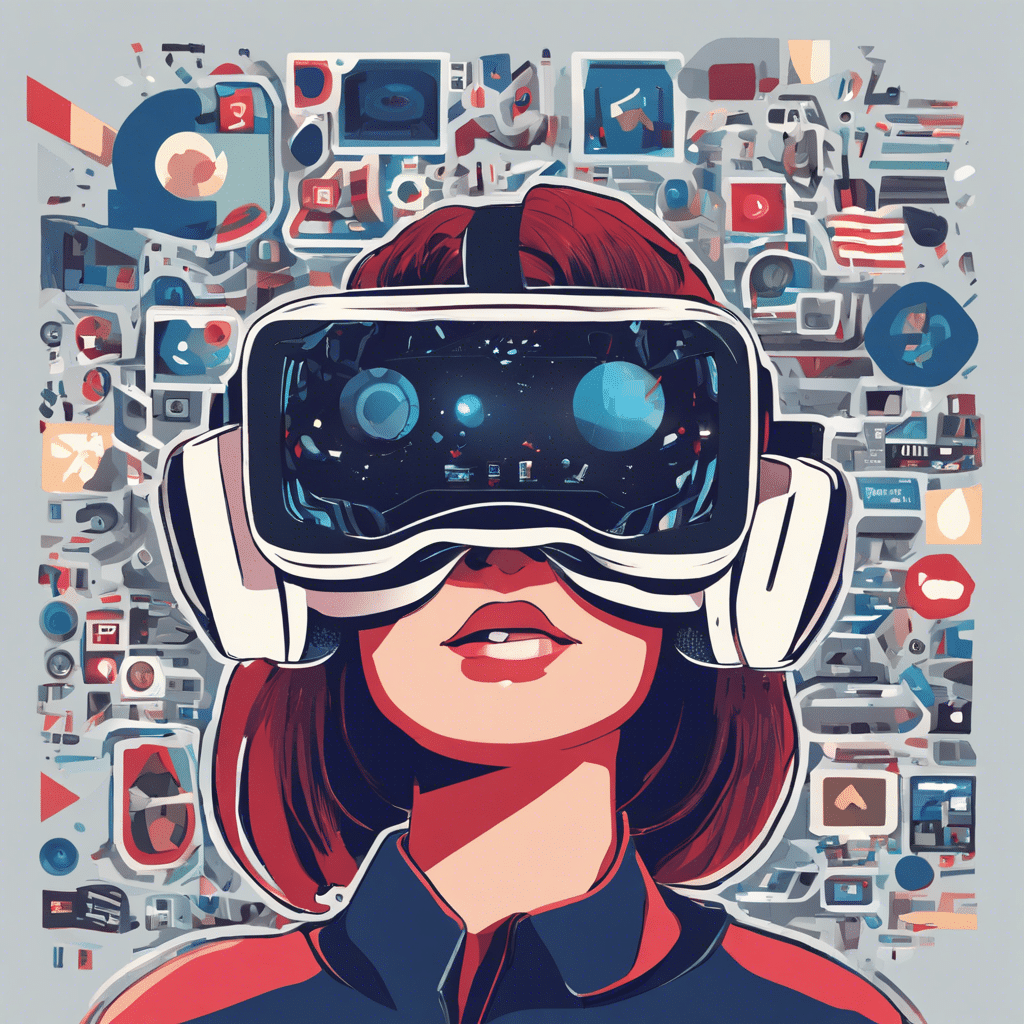Virtual Reality (VR) has evolved from a distant dream to a technology that has revolutionized industries ranging from gaming to healthcare. It immerses users in computer-generated environments, allowing interaction and exploration like never before.
But how did this groundbreaking technology come to be? Let’s journey through the history of VR, exploring the key milestones and innovators who brought this technology from concept to reality.
The Early Days: Laying the Foundation for VR
The concept of Virtual Reality dates back to the mid-20th century, with early visionaries like Morton Heilig pioneering the idea of immersive experiences.
In 1962, Heilig invented the Sensorama, a machine that combined visuals, sound, and even smell to create a fully immersive experience. Though rudimentary by today’s standards, Sensorama offered a glimpse into VR’s potential.
A few years later, Ivan Sutherland, known for his groundbreaking work in computer graphics, developed the first head-mounted display system, the Sword of Damocles, in 1968. While extremely basic and uncomfortable, this system was the first step toward creating a headset that could transport users into a digital world.
Sutherland’s vision of a world where users could interact with virtual objects laid the groundwork for future VR development.
The 1980s: The Birth of Modern VR
The 1980s marked a turning point for VR as technology advanced, and the term “virtual reality” was coined. Jaron Lanier, founder of VPL Research, became one of the key figures in popularizing VR. In
1985, VPL Research developed some of the first commercial VR products, including the EyePhone and DataGlove, which allowed users to see and interact with virtual environments. Lanier’s vision for VR was more than just entertainment; he saw it as a tool for enhancing human experience and interaction.
Around the same time, NASA began exploring VR for practical applications. In 1986, NASA’s Ames Research Center developed the Virtual Interface Environment Workstation (VIEW), which allowed astronauts to simulate space missions in a virtual environment. This technology became a valuable training tool, demonstrating VR’s potential in real-world applications beyond gaming and entertainment.
The 1990s and Early 2000s: VR Enters the Consumer Market
In the 1990s, VR started to capture the public’s imagination. Companies like Sega and Nintendo attempted to bring VR into the mainstream with devices like the Sega VR and Nintendo Virtual Boy.
However, these early attempts were met with mixed results. The technology wasn’t quite ready for mass adoption due to graphics, motion tracking, and affordability limitations. Despite these setbacks, the 1990s laid the groundwork for VR’s eventual resurgence.
One of the key advancements in the 1990s was the development of CAVE (Cave Automatic Virtual Environment) systems. First introduced in 1992 at the University of Illinois, CAVE allowed users to enter a room-sized virtual environment projected onto walls. This development showed that VR wasn’t limited to headsets and hinted at the variety of immersive experiences VR could offer.
In the early 2000s, VR continued to advance, but it wasn’t until the mid-2010s that the technology saw a breakthrough. Companies like Oculus began pushing the boundaries of what VR could do. In 2012, Oculus introduced the Oculus Rift, a VR headset that offered high-quality visuals and immersive experiences at a more accessible price point.
The Oculus Rift marked a turning point in the consumer VR market, signaling that VR was finally ready for the mainstream.
Modern VR: The Golden Age of Virtual Reality
Today, Virtual Reality is a rapidly growing industry, with applications extending far beyond gaming. Major companies like Facebook (Meta), Sony, and HTC have developed cutting-edge VR systems that deliver highly immersive experiences. Meta’s Oculus Quest, Sony’s PlayStation VR, and HTC Vive are just a few devices that have brought VR into homes and workplaces worldwide.
In the healthcare sector, VR is used for surgical training, allowing doctors to practice complex procedures in a safe, controlled environment. In education, VR is revolutionizing how students learn, making subjects like history and science more engaging by transporting students to ancient civilizations or the depths of the ocean
Even the real estate and travel industries are adopting VR to give customers virtual tours of properties and destinations before they visit.
Advances in motion tracking, graphics rendering, and haptic feedback have made VR experiences more realistic than ever. Developers and researchers continue to push the boundaries of what’s possible, exploring the potential of full-body immersion and integrating artificial intelligence into VR environments.
Bringing Virtual Reality into Your Business with Seisan
The evolution of VR, from early concepts to the sophisticated technology we use today, is a testament to the visionaries and developers who made it possible. Virtual Reality is no longer a novelty; it’s a powerful tool for transforming industries, enhancing training, and creating unforgettable experiences.
At Seisan, we’re proud to be part of this VR revolution. We specialize in creating custom VR solutions tailored to your business needs, whether you’re looking to develop immersive training programs, engaging marketing experiences, or interactive product demonstrations.
Our expertise in VR development ensures your vision becomes a reality, providing a competitive edge in an ever-evolving technological landscape.Ready to bring Virtual Reality into your business? Contact Seisan today to explore how our team can develop VR solutions to elevate your business and captivate your audience.




